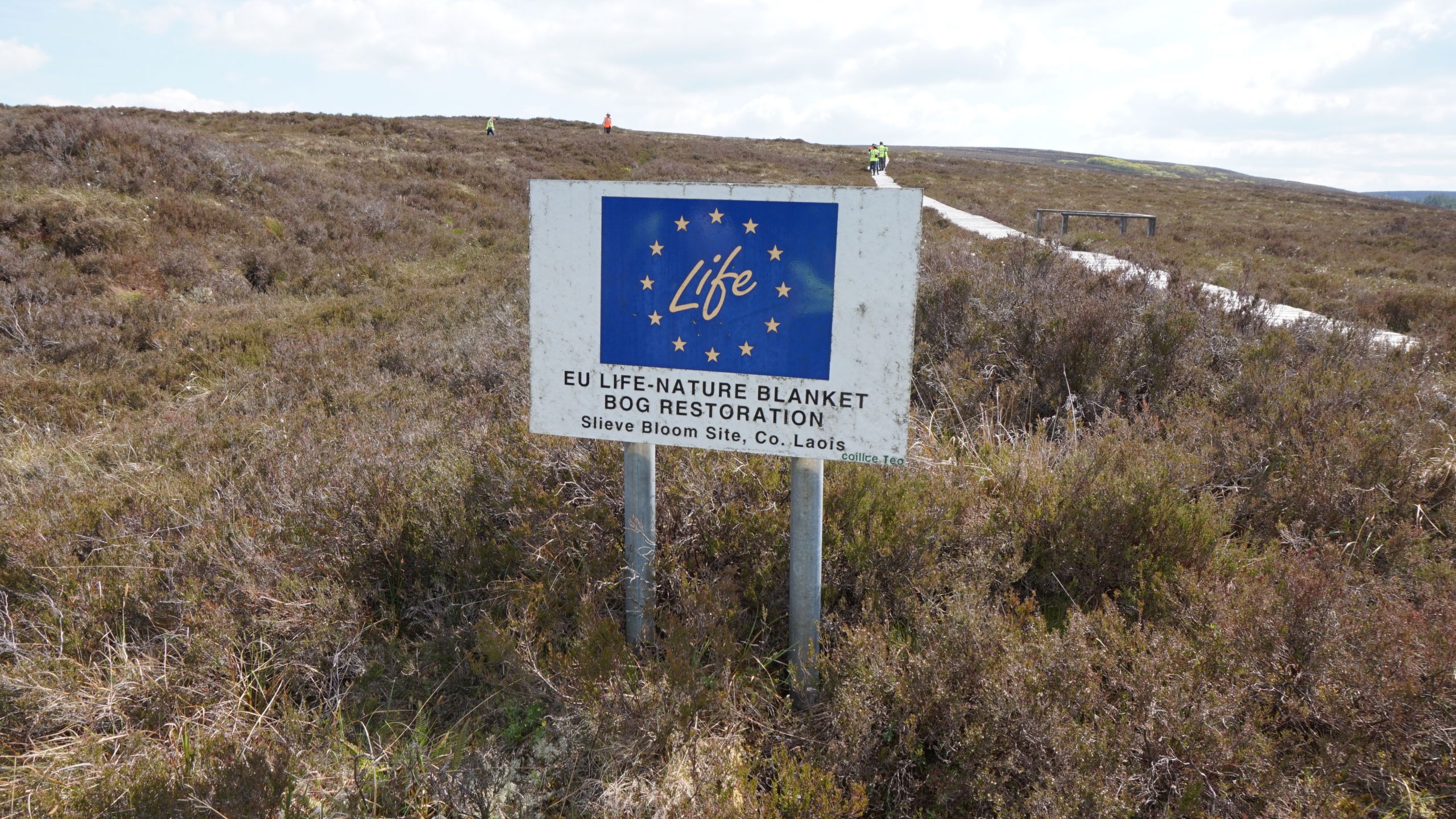The classification of mires is confusing not only because of major regional differences but also different criteria have been used which vary in space and time and therefore represent continua of change rather than discrete differences. There are numerous accounts of different approaches to classification of mires on a country and regional basis according to different typologies.
Most mire classifications have been developed for peatlands of the northern hemisphere within the boreal and temperate zones where Sphagnum mosses predominate as the principal peat forming species. Detailed classification systems have been developed for Europe, Russia (the former Soviet Union) and North America (especially Canada) that collectively make up about 90% of the global area of peatlands.

Different standards around the world
Unfortunately, these are not standardized with each other and major differences and discrepancies occur although there are some common features. The main attributes used in mire and peatland classifications and typologies include floristics, vegetation physiognomy, morphology, hydrology, stratigraphy, chemistry and peat chemical and physical characteristics.
Different classifications using one or more of these criteria have also been produced that reflect the objectives of interest groups, for example, conservationists, ecologists, peat extraction industry, forestry and plantation managers. So far there is no unified classification of peatlands in the tropics probably because of their disparate nature, scattered across the tropical zone and the difficulty of identifying discrete plant communities within them. Some general distinctions have been made depending upon location (distance from sea and nearest river), forest type and forest structure.
Case Canada
There are no universally agreed upon peatland classification systems, and even within the same countries different classification systems exist. In Canada, the National Wetlands Working Group divided Canadian wetlands into two main broad categories: organic and mineral wetlands. Organic wetlands, better known as peatlands, are wetlands that contain 40 cm of peat accumulation on which organic soils develop. (Note that the 40 cm requirement is different in different countries.)
Organic wetland (Peatland) classification in e.g. Canada uses a three tiered system: 1) class, 2) form, and 3) type. Class refers to overall genetic origin of the peatland, form to the surface morphology, surface pattern, water type etc., and type to physiognomic characteristics of the vegetation communities.
There are three classes of peatlands in Canada: bog, fen and swamp. (For interest, mineral wetland classes in Canada are marshes, shallow open water, and some swamps.)
Bogs have an accumulation of peat, ombrogenous and Sphagnum-dominated. Fens also have an accumulation of peat, but can be geogenous and have graminoid and brown moss vegetation. Swamps may have minimal peat accumulation and are typified by a variable water table (flooded in the spring, drier in the summer) with notable tree vegetation; swamp peatlands are often found near the margins of bogs/fens as transition zones between the two classes.
There are over 20 forms of bogs, 19 forms of fens, and ~6 forms of swamps which would be considered peatlands.
